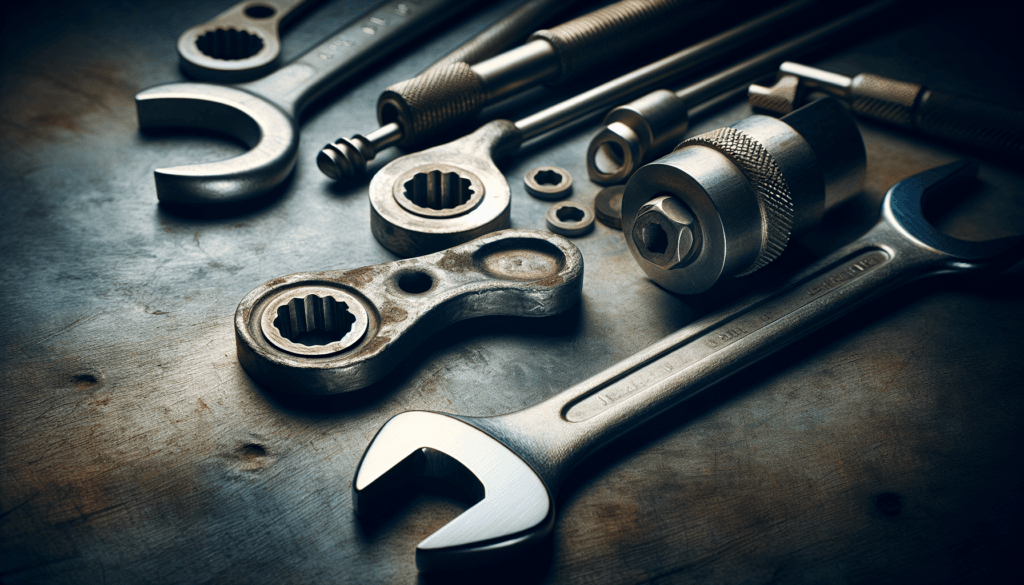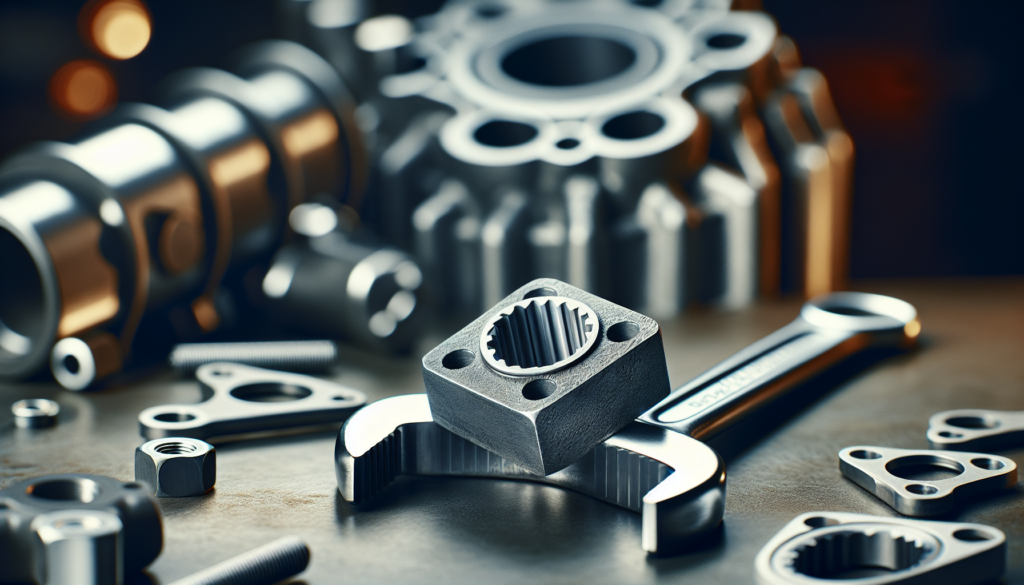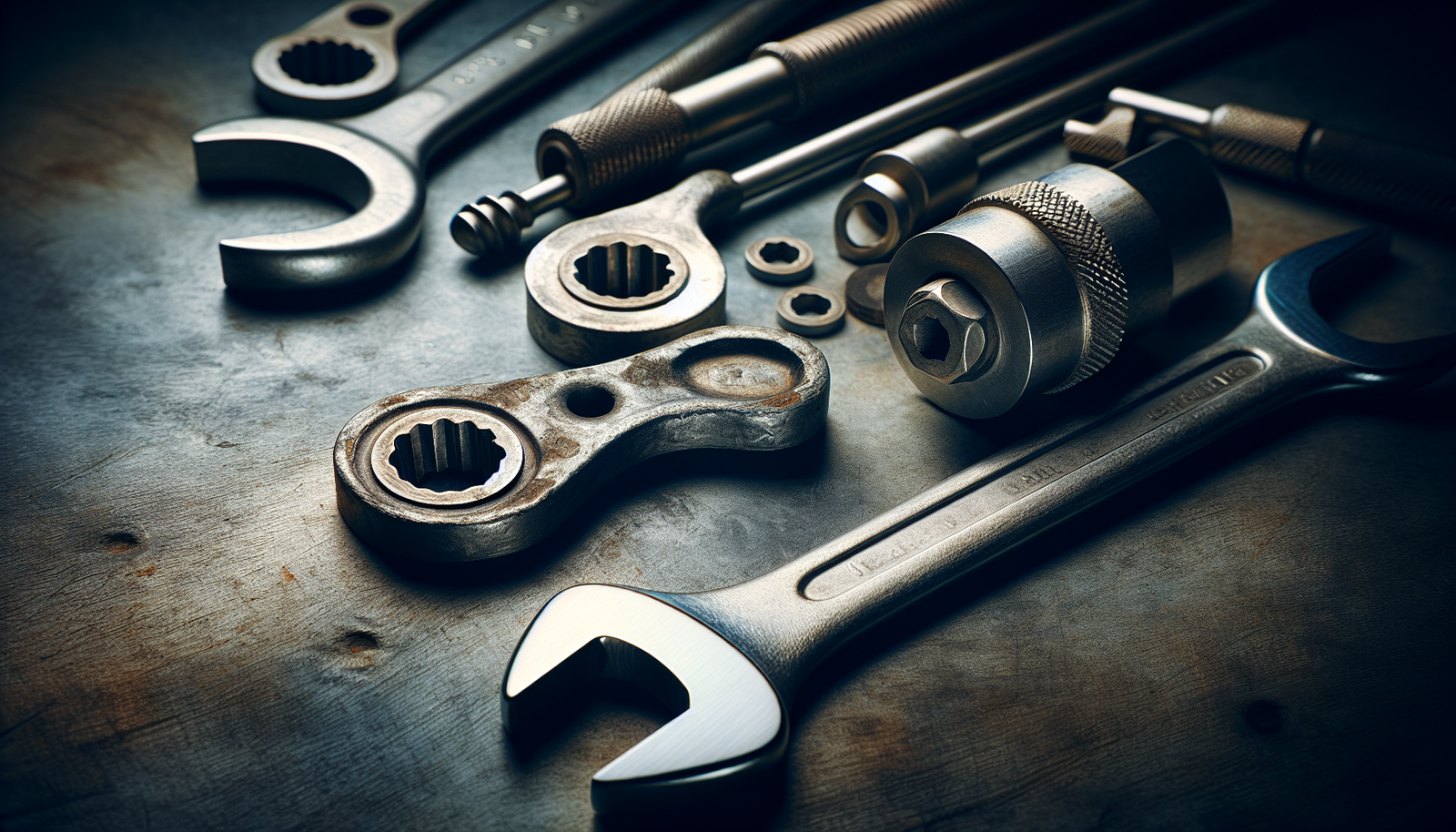Just imagine you’re out on the open water; the wind’s in your hair; you’ve left your worries on the shore. Suddenly, your boat engine stutters, it coughs, it dies! You’re stranded. Now, if you’d only replaced your engine anode, you wouldn’t be in this predicament. Don’t let this scenario become a reality. Here, we have the perfect step-by-step guide to replace your boat engine anode yourself. With these instructions, even a novice can make sure their boat is always ready to ride the waves without risking an engine failure.

Understanding the Importance of Boat Engine Anodes
Boat engine anodes are essential components that may not get as much attention as they deserve. They are small parts, often overlooked amidst the bigger and flashier components of a boat’s engine. However, their function is vital in ensuring your boat’s longevity.
Overview of the Function of Anodes
Think of anodes as the selfless protectors of your boat engine. They work on a simple yet potent principle: sacrificial protection. These special metal parts attract corrosion that would otherwise attack your boat engine’s key components. So, instead of the engine corroding, the anodes erode.
How Anodes Protect Your Boat Engine
Anodes protect your boat engine by sacrificing themselves to corrosion. The materials used for anodes – typically zinc, aluminum, or magnesium – have a more ‘active’ voltage level compared to other metal components of your engine. Therefore, they attract the corrosive elements in seawater, sparing the rest of the engine.
Signs Your Anodes Need Replacement
Anodes are not everlasting. Over time, they can degrade and lose their efficiency. Some signs that an anode may need replacement include excessive pitting, more than half its size has corroded, or you can see the core wire.
Preparatory Steps Before Replacing Anodes
Replacing anodes is a process that requires preparation. It’s crucial to prioritize safety and have the right tools on hand.
Safety Measures to Observe
Before diving into the replacement process, ensure you’re taking the necessary safety measures. This means wearing safety glasses, gloves, and sturdy shoes. Additionally, you should always work in a well-ventilated area.
Tools Needed for Anode Replacement
The tools needed to replace anodes are pretty straightforward – a wrench or socket and ratchet set of the correct size for the anode bolts, a wire brush to clean the anode surface, and possibly a screwdriver or chisel to remove old anode material.
Inspection of the Boat Engine
Before replacing anodes, conduct a thorough inspection of the boat engine to understand the extent of corrosion and the condition of current anodes. Too much rust or corrosion on the engine might indicate overdue anode replacement.
Identifying the Types of Anodes Used in Your Boat Engine
Knowing the type of anodes used in your boat engine is crucial. This can determine the efficiency of the sacrificial protection and could influence future anode replacements decisions.
Aluminum Anodes
Aluminum anodes are highly active in their corrosion potential. They provide excellent protection in both saltwater and brackish water. Also, they tend to last longer than their zinc counterparts.
Magnesium Anodes
Magnesium anodes are the most active of the three materials. They are best for fresh water, but can overprotect and cause damage in saltwater.
Zinc Anodes
Zinc was the original anode material used for boat engines. It’s suitable for saltwater but it’s not as efficient or durable as aluminum anodes.
Inspecting the Condition of Current Anodes
You need to inspect the current anodes on your boat engine regularly. Here’s a simple guideline to help you understand their condition.
Checking for Corrosion
Examine the anodes for pitting or excessive corrosion. If more than 50% of the anode material has deteriorated, then it’s time for a replacement.
Estimating Remaining Lifespan
It’s not easy to predict how much longer an anode will last since decay rate depends on several factors such as water conditions and how frequently you use your boat. However, having frequent checks allows you to estimate the remaining lifespan and plan for replacements.
Deciding When to Replace
In most cases, it’s best to replace anodes once a year or whenever more than 50% of their material has worn away. But remember, it’s always better to replace more often than not enough.

Purchasing the Correct Anodes
Knowing your boat and its engine is crucial when purchasing anodes. Each boat, depending on the engine type and the waters it traverses, may require a particular type of anode.
Understanding Anode Specifications
Each anode has specific dimensions and material that match the needs of different boat engines. Work closely with your boat manual to understand the exact specifications required for your boat engine.
Where to Buy Anodes
You can buy anodes from a boat or marine supply store, or online retailers like Amazon and eBay. Make sure you choose a reputable seller to ensure the quality of the anodes.
Choosing the Right Anodes for Your Boat Engine
Once you’ve identified the type of anodes your boat engine uses, choose anodes of the exact type and specifications.
Removing the Old Anodes from Your Boat Engine
When it’s time to replace the anodes, the first task is to remove the old ones.
Step-by-step Procedure to Remove Anodes
Ensure your boat engine is off and cool before beginning. Use the appropriate tools to unscrew or unbolt the old anodes.
Handling and Disposing of Old Anodes
Dispose of the old anodes properly according to local regulations. The remnants might contain harmful chemicals, so always handle them with gloves.
Installing the New Anodes in Your Boat Engine
Once you’ve removed the old anodes, it’s time to install the new ones.
Detailed Instructions on Installing New Anodes
To install new anodes, clean the areas where the anodes attach. Then position the new anodes and use your tools to secure them in their proper places.
Ensuring Proper Positioning and Fit
Proper positioning of the anodes is vital. They should be snugly and fully in contact with the parts they’re supposed to protect.
Checking for Proper Electrical Connection
After installation, check to ensure the anodes are electrically connected to the parts they protect. Use a multimeter to confirm.
Testing Your Boat Engine After Anode Installation
It’s crucial to test your boat engine after you’ve installed new anodes.
Conducting a General Engine Check
Once you’ve installed the new anodes, do a general engine check to see if everything is running smoothly.
Running Your Boat Engine to Test
Start your boat engine and let it run for a while. Listen for any unusual noises and monitor its performance.
Monitoring Anode Performance Over Time
Make a habit of frequently checking the condition of your anodes. This will give you an opportunity to spot any issues early and take proactive steps.
Maintaining Your Boat Engine Anodes
Proper maintenance of your anodes can increase their lifespan and save you from frequent replacements.
Regular Inspection of Anodes
Conduct regular anode inspections to check their condition. This will help you predict when they may need replacement.
Understanding When to Replace Anodes Again
In general, it’s a good practice to replace anodes annually, but their lifespan also depends on factors such as where you sail and how frequently. Understanding these factors can help you better determine when to replace anodes.
Tips to Extend the Lifespan of Anodes
Regular checks, timely replacements, and ensuring proper installation can enhance the lifespan of your anodes.
Common Mistakes to Avoid When Replacing Boat Engine Anodes
There are several common mistakes people make when replacing boat engine anodes.
Not Using the Appropriate Anode Material
Different types of waters require different anode materials. Ensure you use the appropriate material for your prevailing conditions.
Improper Installation of Anodes
Poorly installed anodes may not serve their purpose of protecting your boat engine. They need to be firmly and properly attached to the intended areas.
Ignoring Early Signs of Anode Failure
Frequent inspections can help you spot early signs of anode failure. Ignoring these signs may lead to premature damage to your boat engine.
So there you have it, your comprehensive guide to understanding, replacing, and maintaining boat engine anodes. With this knowledge, you can protect your marine investment for a long time to come. It may seem a lot to take in, but remember, maintaining your boat’s health is an ongoing voyage, and every bit of effort and knowledge makes it smoother and safer.

